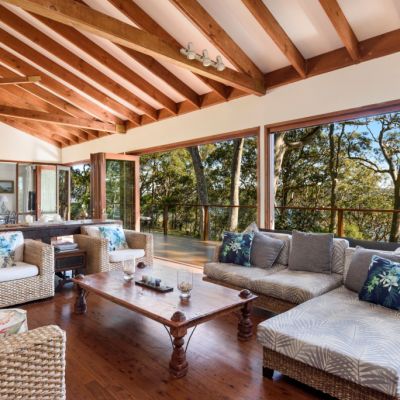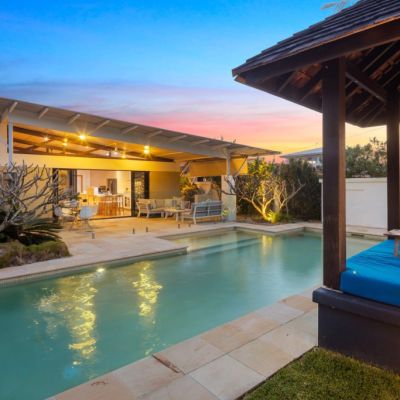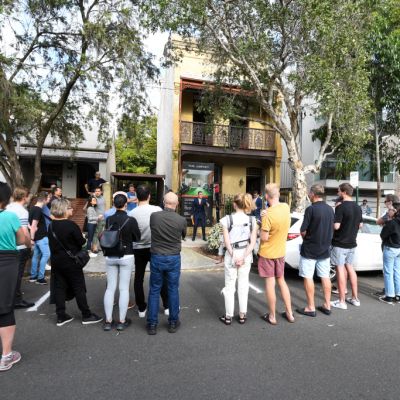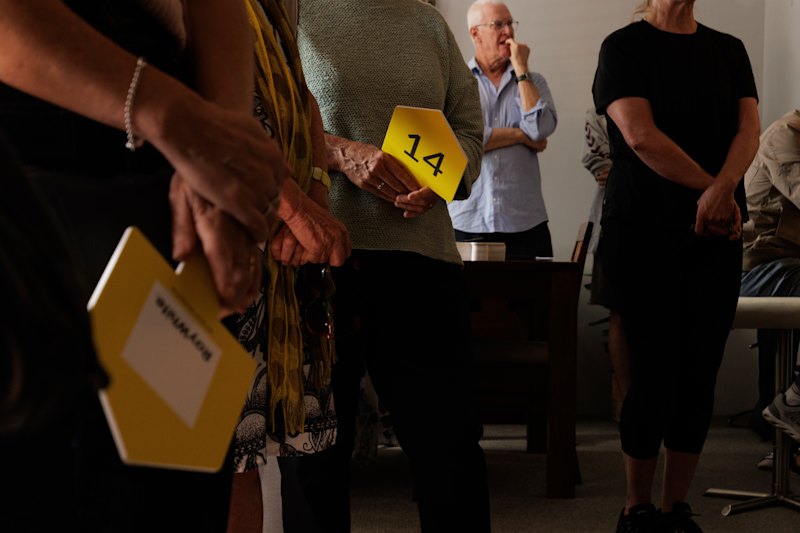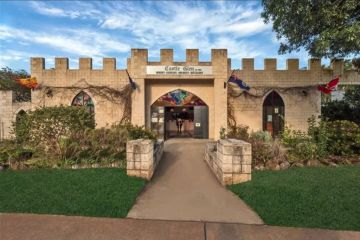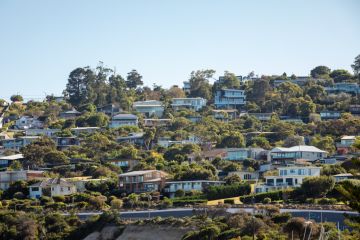The markets performing best in our biggest cities
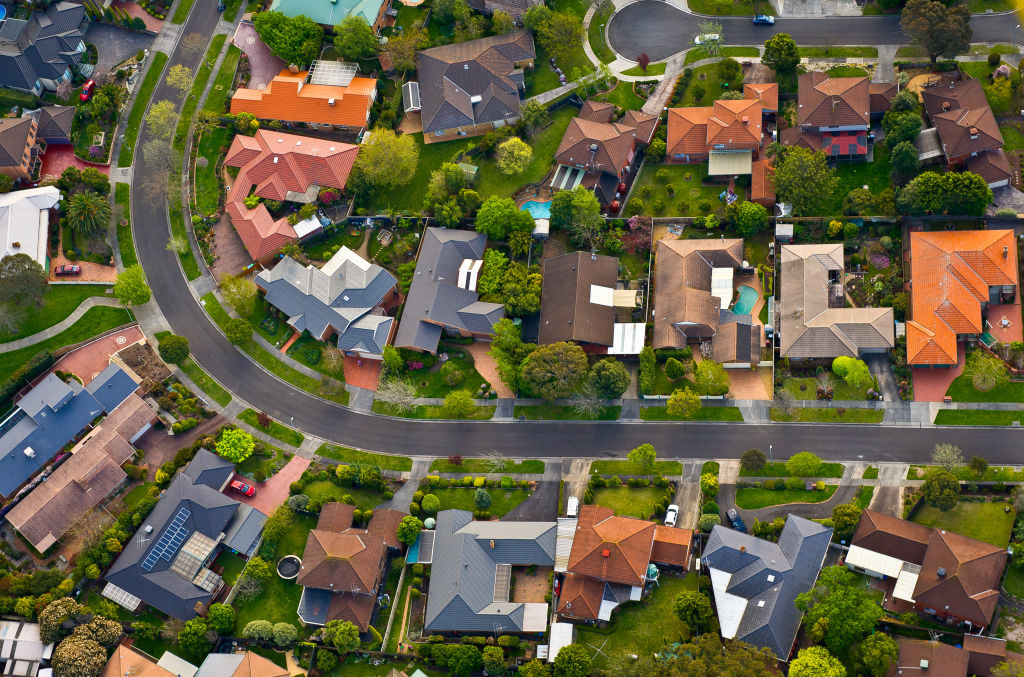
When it comes to Australia’s booming property prices, it’s no secret that not all markets are created equal.
Each city has its own story to tell, and even within one city, different segments of a market can yield very different results.
While the outer suburbs have led the charge in some cities, it’s the inner-city markets that have delivered the greater capital gains in others, the latest market update from PRD Real Estate shows.
So which market segments have been seeing the strongest price growth in some of our biggest cities?
Sydney
Sydney’s middle suburbs – which the report classes as those within 5 to 10 kilometres of the CBD – make up the city’s most expensive housing market for the second year in a row, recording a median of $2.43 million over the six months to June.
The middle ring, mostly covering suburbs in parts of the inner west, north shore and eastern suburbs, recorded the strongest price growth since the previous market peak of 2017, with the house median up 15.7 per cent and the unit median up a more subdued 3.2 per cent to $890,000 – still well short of the $1.03 million inner-city unit median.
By comparison, house prices in the inner-city market, covering homes within 5 kilometres of the CBD where properties are often smaller, were up 11.6 per cent year-on-year.
Prices in the outer market, which this report deemed as suburbs 10 to 20 kilometres from the CBD, were up 13 per cent to $1.627 million.
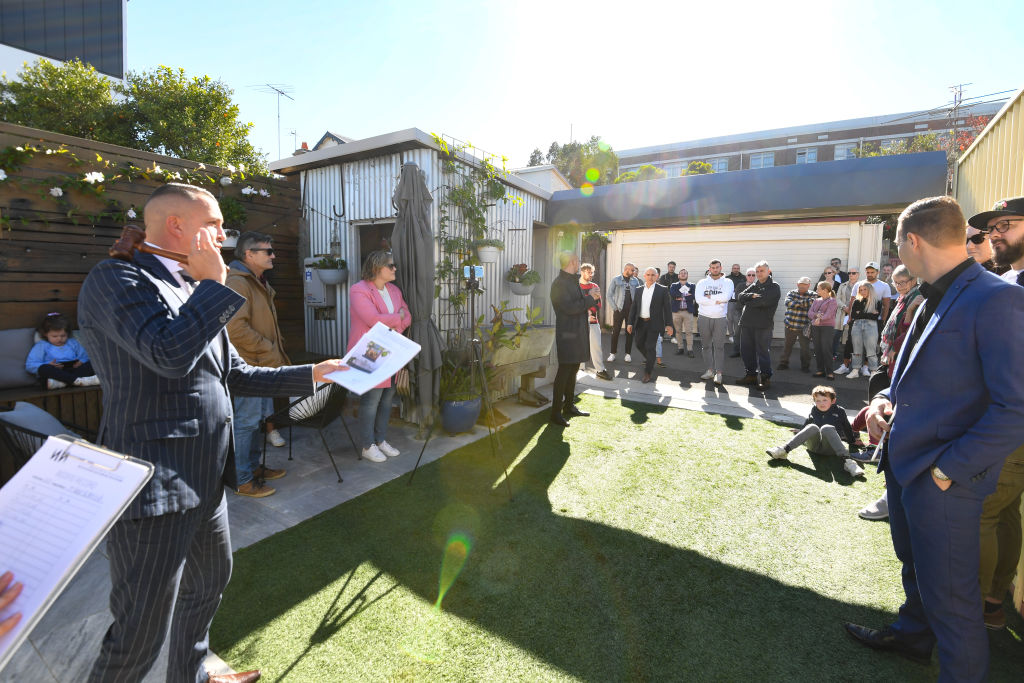
PRD Real Estate chief economist Diaswati Mardiasmo said prices in Sydney’s middle ring started to pick up pace in 2019 as declining affordability pushed more people out of the inner city. As did prices in the outer suburbs, spurred on in more recent times by the rise of remote working during the pandemic.
Dr Mardiasmo said increased demand combined with a limited new supply of houses in the middle ring then pushed the region’s prices above those in the inner city in both 2020 and 2021. However, the inner-city market still recorded the strongest year-on-year rebound and the largest premiums, with homes selling for an average of 8.8 per cent above their advertised price during the first half of 2021.
Units in outer Sydney were the only properties to sell at a discount, Dr Mardiasmo said, with prices dropping an average of just 0.8 per cent. A buyer with less than $700,000 to spend could purchase more than 40 per cent of the units sold in the region in the six months to June, compared to 15.5 per cent of the units in the inner city.
Melbourne
The outer ring of Melbourne recorded the strongest growth since 2017, with the house median up 11.5 per cent to $920,000 and the unit median up 15.7 per cent to $665,000. This growth was more than five times the rate of inner-city units, which were up just 3 per cent.
Outer units are now the most expensive of the three, topping the inner median of $585,000 and middle median of 660,000. However, houses are still priced well below those in the city’s inner ($1.56 million) and middle ($1.35 million) rings.
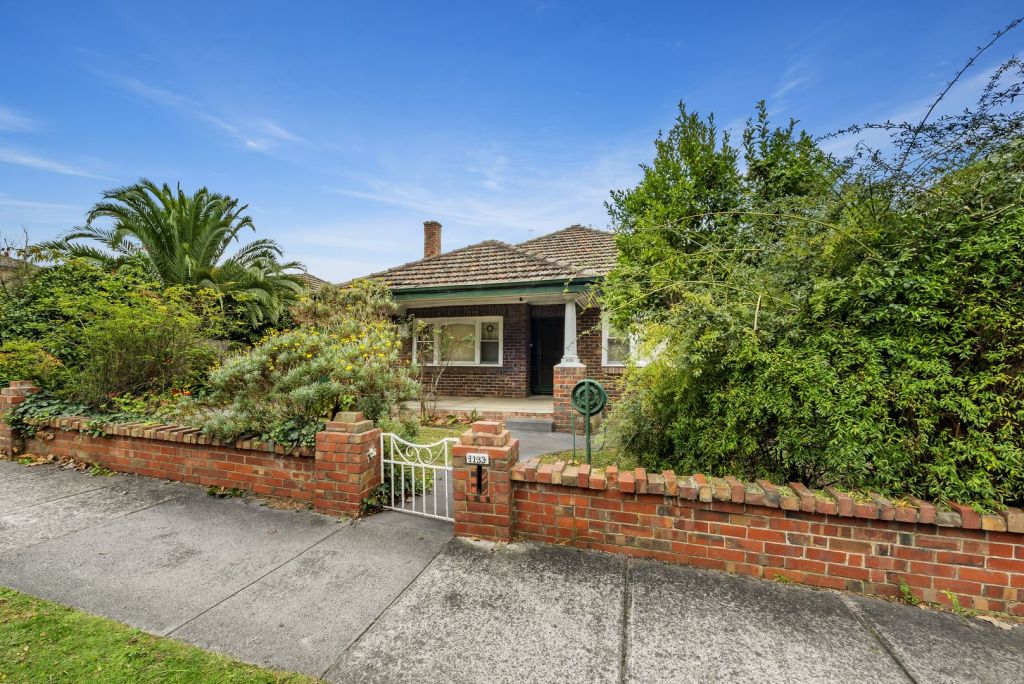
As the city faced COVID-19 lockdowns and restrictions, the outer ring market continued to surge due to the rise in remote working and first-home-buyer activity, off the back of government stimulus measures.
Dr Mardiasmo said buyers were being drawn to the outer region for its affordability, with almost 50 per cent of houses selling for less than $900,000, compared to about 18 per cent and 3.3 per cent of houses in the middle and inner rings, respectively.
There was still growth to come in the outer suburbs but they weren’t for everyone, with many of those looking to relocate from the inner city still valuing proximity to the CBD, Dr Mardiasmo said. She noted it was middle-ring suburbs that saw the greatest price hike over the year to June – up almost 15 per cent.
Brisbane
It was a different story in Brisbane, where the inner suburbs were leading the charge. The median house price of $1.2 million was 29 per cent higher than 2017 levels, with more than two-thirds of that growth seen in the year to June.
A limited supply of new dwellings in the inner city, strong interstate migration and interest from interstate investors were pushing up house prices in inner suburbs, Dr Mardiasmo said, as well as unit prices, which were up 5 per cent on 2017 levels.
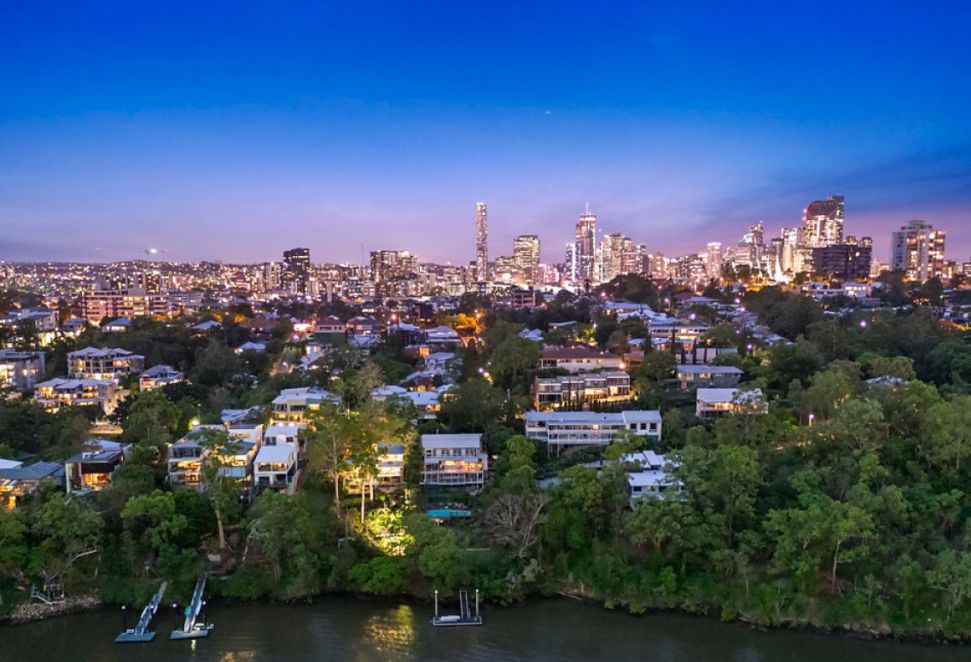
“We’ve seen interest from buyers in NSW, Victoria, Tasmania, Perth. People see the Brisbane market prices and think, ‘Oh my goodness, done, sold,'” she said, noting that an inner-Brisbane house cost less than a home in Sydney’s outer suburbs.
Brisbane families looking to buy within desirable school catchments closer to the city centre were also driving up house prices in the inner and middle ring, where homes were now selling fastest and prices were up 23.3 per cent to a median of $820,000.
The outer-suburb house median climbed 15.7 per cent over the years to $625,000.
Most homes in the city were now selling above their advertised price, Dr Mardiasmo noted, with only units in the inner and middle rings still being discounted, by an average of just 1.1 per cent and 0.4 per cent, respectively.
Perth
On the west coast, it was also the inner-city suburbs that saw the strongest house price rises.
Inner Perth’s median house price was up 15.7 per cent to $900,000, while prices in the middle and outer markets were up about 14 per cent on 2017 levels, almost entirely due to growth in the last financial year.
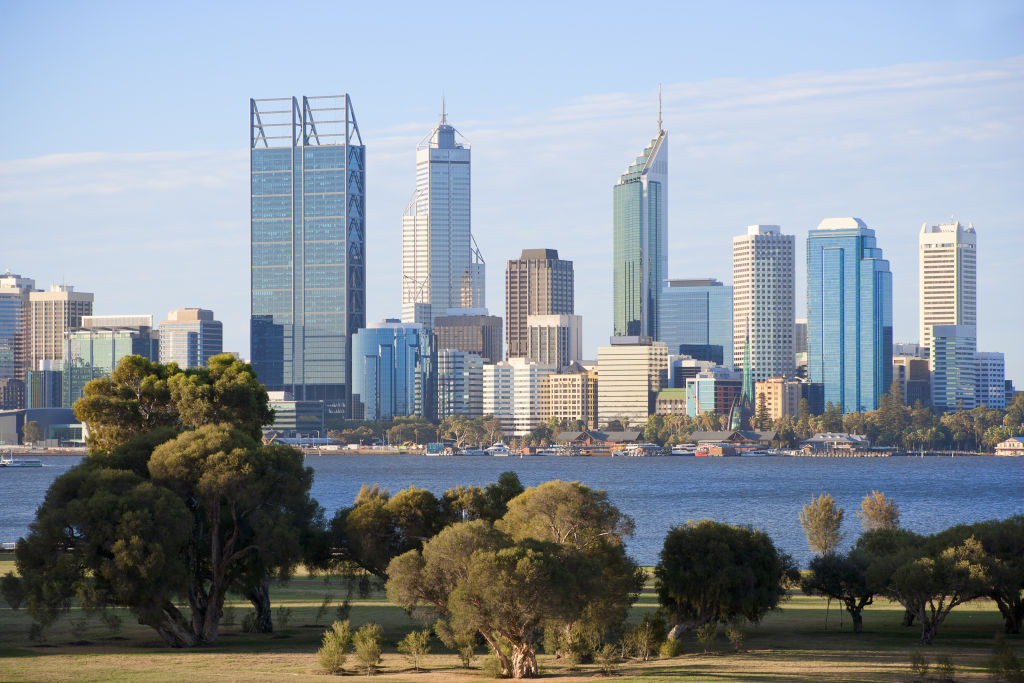
Middle-ring units were also up 12.5 per cent to a median of $450,000, the city’s most expensive. However, inner and outer city unit prices were still down over the years.
The Perth market had been picking up, seeing a turnaround after years of price falls then sluggish growth, Dr Mardiasmo said. Homes were taking less time to sell, and widespread discounting on houses had come to an end with properties across all markets selling slightly above their advertised prices.
Discounting on units remained but had tightened significantly from early 2020 – at an average of 0.6 per cent or less across the three regions.
Canberra
In the nation’s capital, houses in the inner ring were up a whopping 37 per cent on 2017 levels to a median of $1.32 million, with about two-thirds of the growth recorded in the year to June. Strong demand was seeing houses sold in an average of 24 days – the quickest time frame in any of the five cities.
Units also recorded double-digit price growth, with the inner city median rising 19 per cent to $577,000.
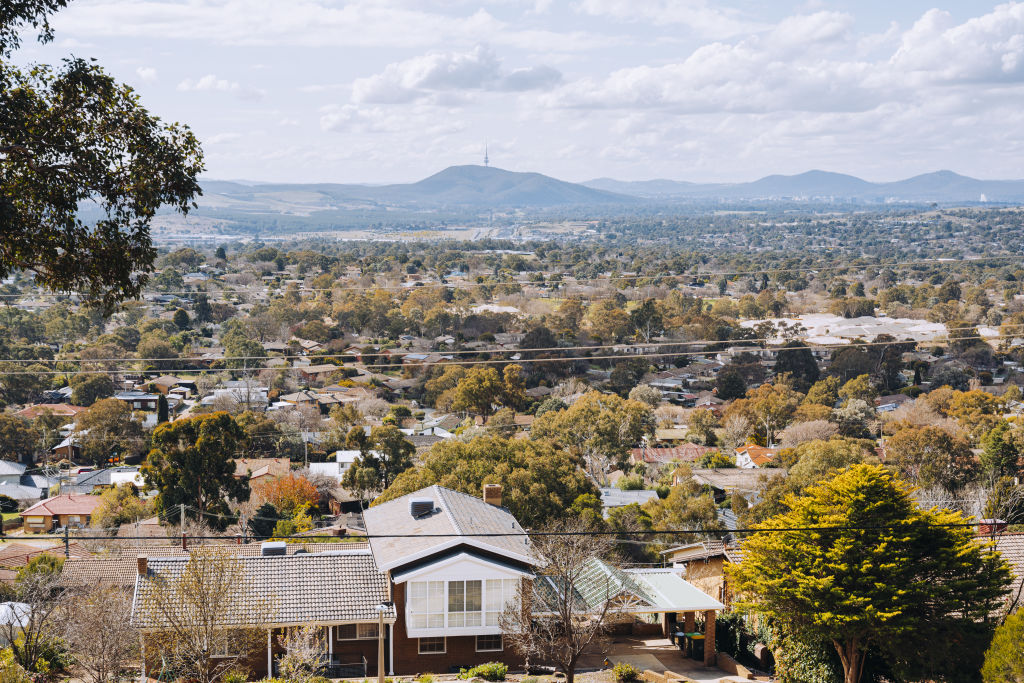
The price surge in Canberra’s inner ring, for both property types, indicated high demand and not enough supply. This was evident in the large proportion of sales being within the premium price bracket, the report noted, with almost 70 per cent of homes within the inner ring selling for $1.1 million or more in the first half of 2021.
Houses in the middle ring also recorded strong growth, up 27 per cent on the 2017 level to a median of $935,000, while units were up 17.4 per cent to $505,000.
Record-low vacancy rates and increasing rental prices and yields made it a good city for investment, the report noted. The largest annual rent hike was for two-bedroom inner-city units, with the median jumping 17.2 per cent.
We recommend
States
Capital Cities
Capital Cities - Rentals
Popular Areas
Allhomes
More
